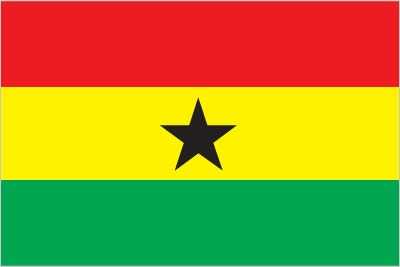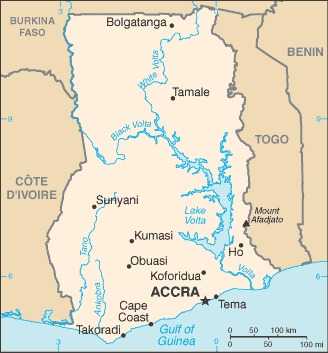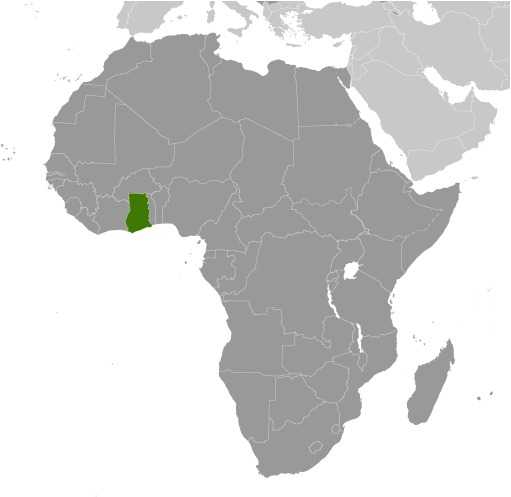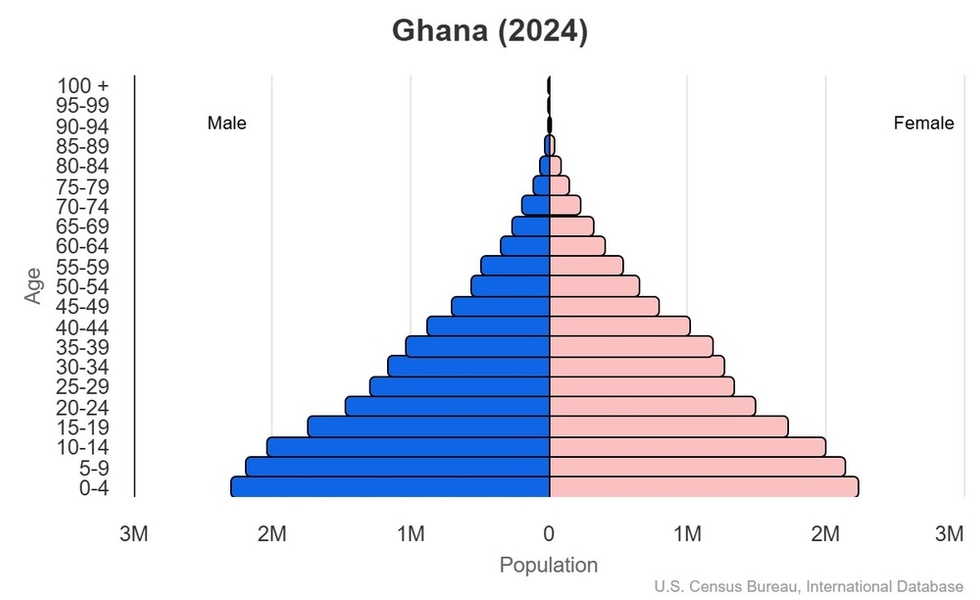Introduction
Visit the Definitions and Notes page to view a description of each topic.
Geography
People and Society
Population
comparison rankings: total 44; male 45; female 43
Median age
comparison ranking: total 191
Population growth rate
comparison ranking: 35
Birth rate
comparison ranking: 33
Death rate
comparison ranking: 162
Net migration rate
comparison ranking: 107
Maternal mortality ratio
comparison ranking: 33
Infant mortality rate
comparison ranking: total 46
Life expectancy at birth
comparison ranking: total population 180
Total fertility rate
comparison ranking: 32
Obesity - adult prevalence rate
comparison ranking: 136
Alcohol consumption per capita
comparison ranking: total 137
Tobacco use
comparison ranking: total 167
Children under the age of 5 years underweight
comparison ranking: 39
Education expenditure
comparison ranking: Education expenditure (% GDP) 155
Environment
Carbon dioxide emissions
comparison ranking: total emissions 83
Government
Economy
Real GDP (purchasing power parity)
comparison ranking: 70
Real GDP growth rate
comparison ranking: 30
Real GDP per capita
comparison ranking: 157
Inflation rate (consumer prices)
comparison ranking: 192
GDP - composition, by sector of origin
comparison rankings: agriculture 33; industry 63; services 179
Industrial production growth rate
comparison ranking: 25
Labor force
comparison ranking: 45
Unemployment rate
comparison ranking: 44
Youth unemployment rate (ages 15-24)
comparison ranking: total 161
Gini Index coefficient - distribution of family income
comparison ranking: 26
Taxes and other revenues
comparison ranking: 111
Current account balance
comparison ranking: 54
Reserves of foreign exchange and gold
comparison ranking: 111
Debt - external
comparison ranking: 27
Energy
Electricity
comparison rankings: installed generating capacity 86; consumption 78; exports 58; imports 117; transmission/distribution losses 137
Energy consumption per capita
comparison ranking: 149
Communications
Telephones - fixed lines
comparison ranking: total subscriptions 104
Telephones - mobile cellular
comparison ranking: total subscriptions 46
Broadband - fixed subscriptions
comparison ranking: total 120
Transportation
Merchant marine
comparison ranking: total 119



